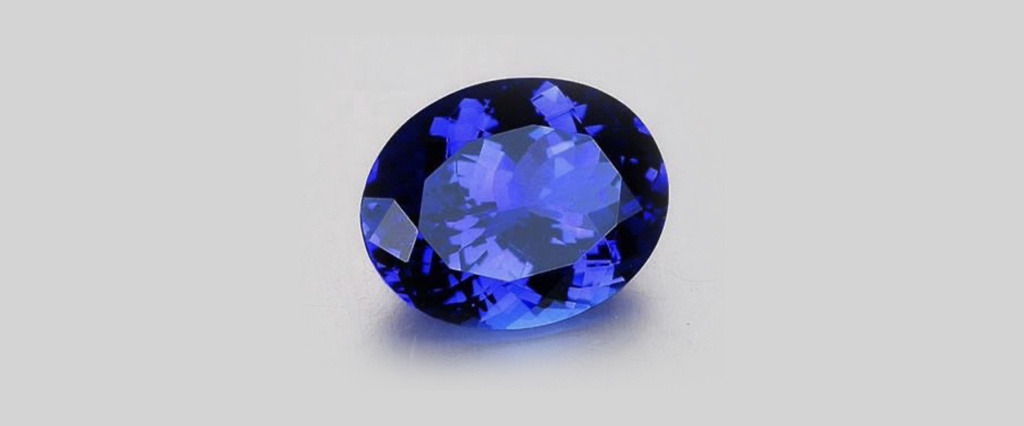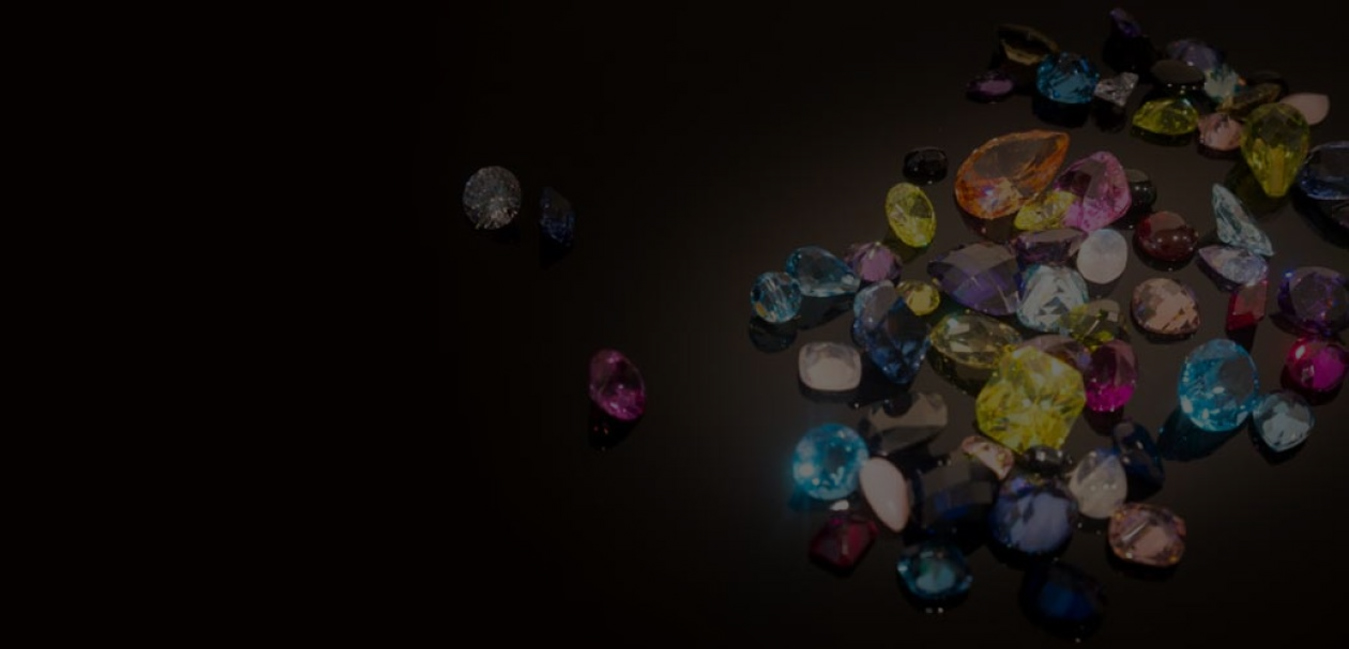Adorning beautiful pieces of jewellery with a sparkling gemstone in the centre is what brings value to the whole piece. But what if it got scratched because of something? That is why understanding the hardness of different gemstones is an essential knowledge that everyone, especially jewellers, should have.
The system that rates every material or solid substance in the world is called the Mohs scale of hardness. Indeed, no one would want a harder gemstone to scratch a comparatively softer, yet equally precious gemstone in the collection. Knowing the hardness level is also essential for crafting jewellery using different gemstones together.
Gemstone Hardness
Before proceeding further, the important knowledge about understanding the Mohs scale of hardness would be through this classic example. The hardest naturally occurring substance known to man is diamond, which has a hardness level of 10, while the softest substance in knowledge is talc, with a Mohs hardness level of 1. With that said, here are various gemstones with their level of hardness.
Diamond :
The hardest known substance on earth, Diamond is not only popular for its shine and sparkle. It is well-known for its unbeatable durability, which led to the coining of the famous phrase “Diamonds Are Forever”. With a Mohs hardness level of 10, diamonds can be called the reference of the entire scale.
Emerald :
A gemstone of the beryl family, the green and brilliant emerald is a famous choice in the world jewellery. Garnering a hardness level between 7.5 and 8, emerald is known to be quite a durable gemstone.
Ruby :
The most expensive gemstone based on the price per carat, Rubies stand at a Mohs hardness level of 9, which makes them quite strong and scratch-resistant.
Sapphire :
Another 9 on the Mohs hardness scale, Sapphires belong to the same gemstone family as Rubies, i.e., Corundum. Famous for their variety of colours, Sapphires are usually heat-treated to bring out the intensity of their hues.
Aquamarines :
Another gemstone of the Beryl family, this blue or cyan mineral often displays a hardness level of 7.5 to 8 on the Mohs hardness scale, Aquamarines are often found in the deposits of Granite.
Paraiba :
A kind of Tourmaline that is known for its beautiful neon hue that changes from green to blue in various stones, Paraiba stones were named after the region of Brazil, where they were first found. They have a hardness that varies from 7 to 7.5 on the Mohs scale, depending on the quality.
Rubellite :
A red variety of Tourmaline, the Rubellite gemstone is often used as a replacement for the more expensive Rubies. Similar to other Tourmalines, Rubellites also have a hardness level of 7 to 7.5
Tourmalines :
A boron silicate mineral, this exotic semi-precious gemstone is known for the variety of colours that it comes in, including dual and triple tones in a single gemstone. Tourmalines usually showcase a hardness of 7 to 7.5 on the Mohs scale.
Tanzanites :
The rare Tanzanite gemstone that is expected to be mined out entirely in the next couple of decades is comparatively softer to other gemstones on this list. With a hardness between 6.5 and 7 on the Mohs Scale, Tanzanites are more prefered for their ability to showcase 3 different colours at different angles and light conditions. This property is called trichroism, which is why they are among the desired gemstones list as well.
Tsavorites :
A green variety of garnets, Tsavorites are often used as a replacement of emeralds. With a Mohs hardness level between 6.5 to 7.5, depending on their quality, Tsavorites have just begun their run of fame in the world of gemstones.











